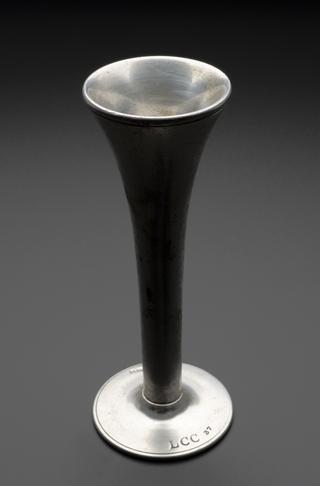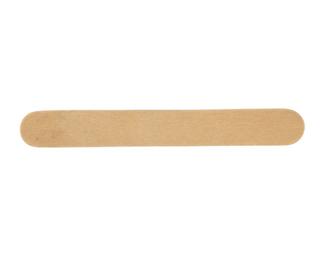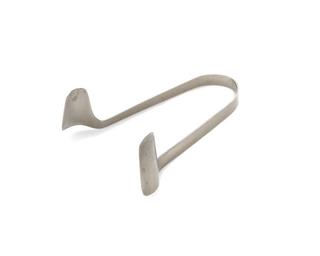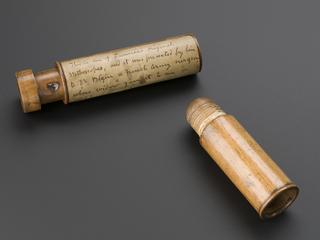
Cambridge electrite direct-writing electrocardiograph machine
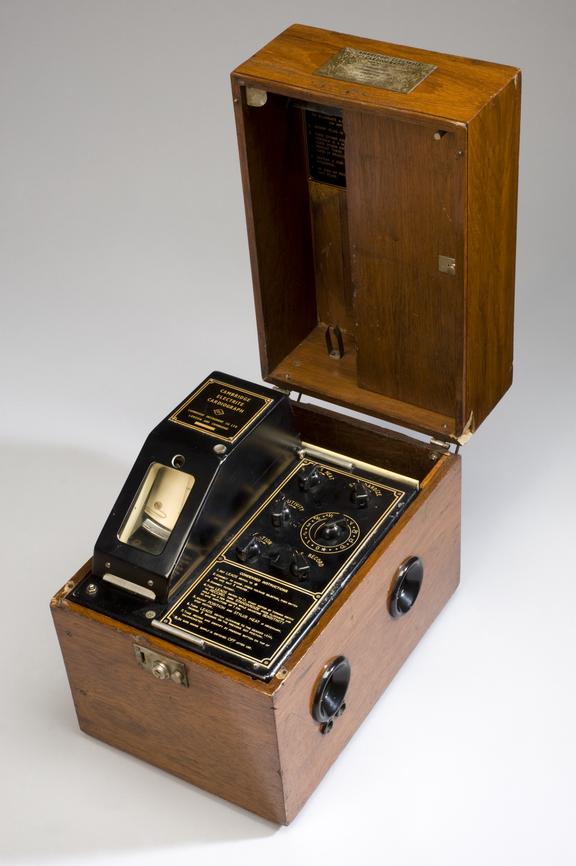
Cambridge electrite direct-writing electrocardiograph machine, by Cambridge Instrument Co. Ltd., Cambridge, 1950
Electrocardiographs measure the heart’s electrical activity and can detect heart problems such as artery disease, enlarged hearts and abnormal rhythms. Early machines were large and difficult to use. Patients had to soak their limbs in salt solution before an ECG (electrocardiogram) could be taken. ‘Direct-writing’ machines such as this one devised by the Cambridge Scientific Instrument Company in 1908 made monitoring and analysing heart rhythms much simpler. Cardiac monitors are now used extensively in operating theatres, delivery suites and intensive care units.
Details
- Category:
- Clinical Diagnosis
- Object Number:
- 1979-727
- Materials:
- case, wood and leather
- type:
- electrocardiograph
- credit:
- Royal Postgraduate Medical School
